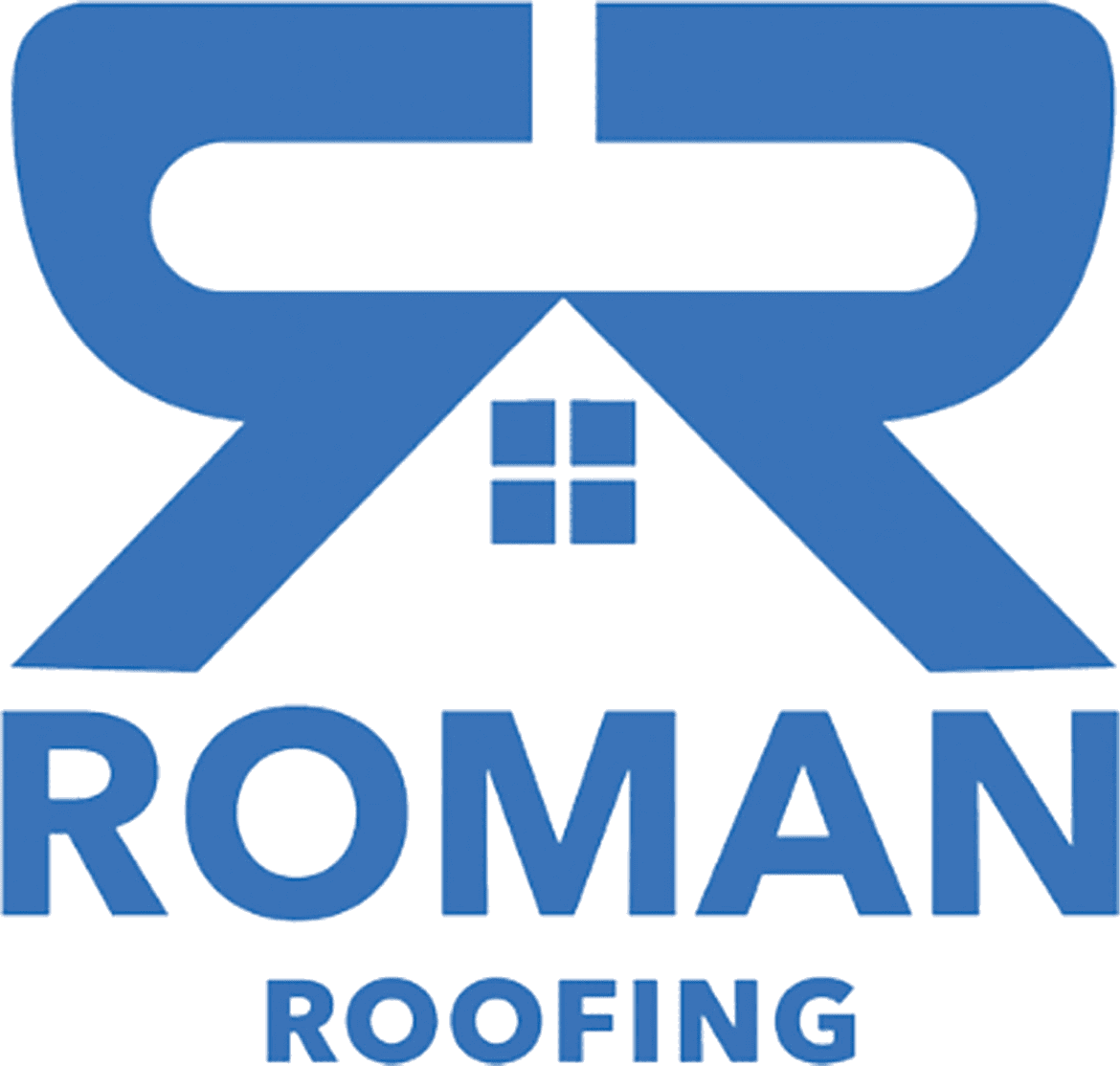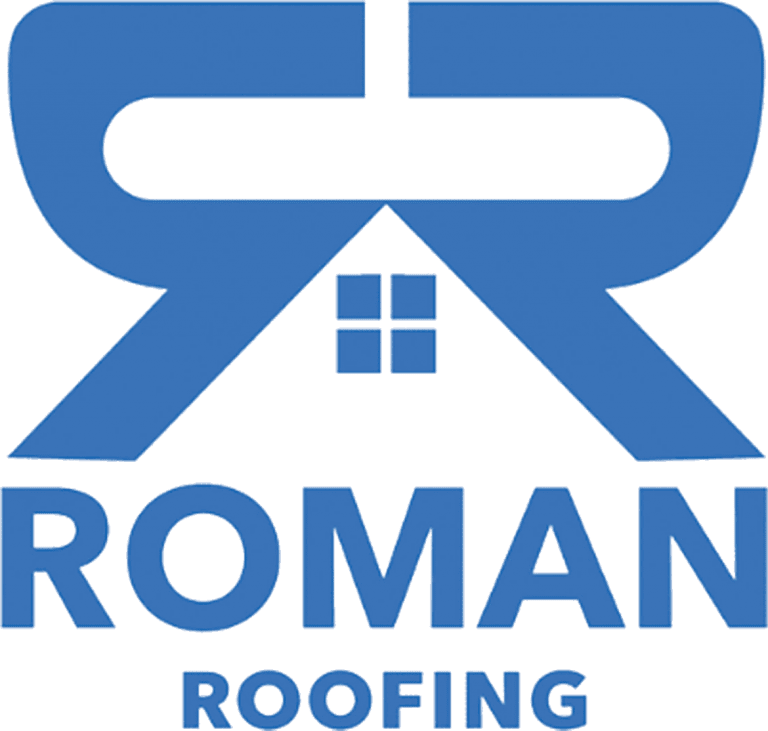Historical buildings serve as living museums, each brick and tile narrating a tale of the past. Among these elements, the roof often holds a special place, acting as a guardian of the structure’s integrity and beauty. When it comes to restoring such a roof, the task transcends mere repair work; it becomes an art form that delicately balances historical preservation with modern innovation. Let’s explore this fascinating realm.
Digging into the Roof’s History First
Before you even consider restoration, you must first delve into the roof’s past. Researching the original construction methods, materials, and architectural significance provides a solid foundation for the project ahead. This initial step is akin to getting to know someone’s background before forging a friendship.
Embarking on a Material Treasure Hunt
Finding the right materials for restoration often resembles a treasure hunt. You need materials that closely match the original ones, which can be a challenging feat. To solve this puzzle, restoration experts frequently collaborate with historians, archaeologists, and material scientists. The reward? A perfectly restored roof that stays true to its original design.
Striking a Balance with Modern Upgrades
While authenticity remains crucial, modern upgrades also play a vital role in ensuring the roof’s longevity and safety. For instance, you might reinforce the structure, improve insulation, or add waterproofing layers. The key lies in making these updates subtly so that they don’t compromise the roof’s historical integrity.
Employing Skilled Craftsmen for Intricate Work
Historical roofs often feature intricate designs that require a high level of craftsmanship for restoration. Skilled artisans take center stage here, using their expertise to replicate ancient techniques and patterns, thereby retaining the roof’s original charm.
Tackling Structural Issues with Care
Over time, wear and tear can lead to structural issues in historical roofs. Addressing these problems demands a gentle yet effective approach. The goal is to repair the damage without altering the roof’s original design, much like carefully mending an old quilt.
Making Smart Environmental Choices
Historical roofs were originally designed to withstand specific environmental conditions. Therefore, your restoration plan must take into account local weather patterns and potential environmental threats. This ensures that the restored roof remains resilient and functional.
Navigating Legal Guidelines
Many historical buildings fall under preservation laws, requiring you to adhere to specific guidelines during restoration. Understanding and following these rules is essential for a successful and lawful restoration project.
Leveraging Modern Technology
Today’s technological tools, such as 3D scanning and digital modeling, offer invaluable assistance in restoration projects. These advanced tools provide detailed structural insights, facilitating precise planning and execution.
Instituting a Post-Restoration Maintenance Plan
After completing the restoration, ongoing maintenance becomes crucial for preserving the roof’s longevity. Regular inspections, cleaning, and minor repairs can prevent major issues down the line.
Engaging the Community in the Heritage Project
Restoration projects often attract community interest and involvement. Whether through funding, volunteer work, or educational programs, community engagement adds a layer of collective ownership and appreciation to the project.
Roof restoration for historical structures represents a commitment to preserving our past. It’s a multi-faceted journey that involves research, skill, modern technology, and community involvement, all aimed at ensuring that these architectural treasures continue to inspire future generations.

